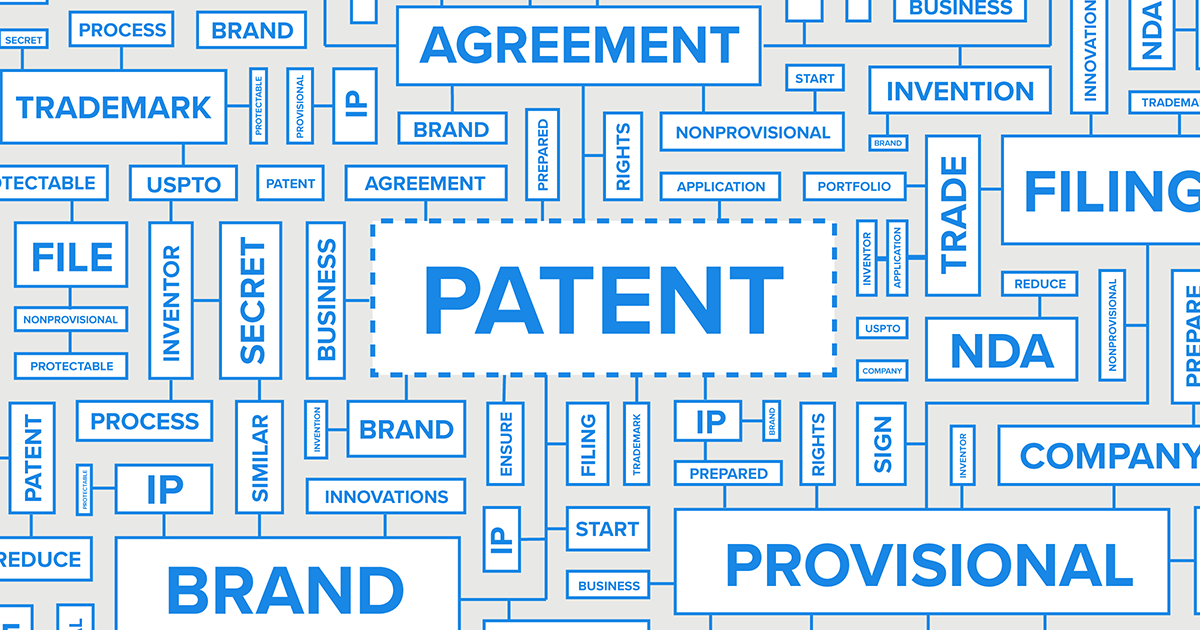Trademarks, Copyright and Patents are three different things i.e. these are three different kind of Intellectual Property Rights. IPR is the right given to the creators over the creations of their mind. According to WIPO (World Intellectual Property Organizations) Intellectual Property can be defined as the creation of mind, the inventions, literary work, names, logo, dramatic work etc.. and creators of these things gets the exclusive right to use these Intellectual Properties, and no one else can use it without their permission.
There exists difference between Trademarks, Copyright and Patents, but still people finds it difficult to make out difference between these three. Therefore by this blog you will get to learn difference between the Trademarks, Copyright and Patents.
Trademarks
Trademark can be defined as unique name, symbol, logo, colour etc. that can be used to distinguish one goods from the other. By registering Trademark the owner gets an exclusive rights to use that trademark, and that trademark can further be transferred or assigned to others. By trademark registration in India he owner gets exclusive right of its usage and distribution. In order to get your trademark registered in India trademark that is chosen should be unique and should not be generic.
Trademark in India is given for the maximum period of 10 years and it gets renewed after every 10 years. The trademark registration once obtained is valid as long as the mark is used in the commerce.
The benefit of getting the trademark registered is that the trademark owner gets the exclusive right of usage of that trademark, and he can also further assign or license his trademark. And if anyone else who is not authorized to use that trademark uses it then the owner of the trademark can sue him for infringement of the trademark. And they can use R symbol once their trademark gets registered. For example, Apple, Maggie etc.
Copyright
Copyright is the kind of IPR that protects the original work of authorship such as books, articles, songs, photographs, sculptures, choreography, sound recording, motion pictures and creative works. In order to get the work copyright then the work should be original and creative, but the work should be in tangible form i.e. idea cannot be copyrighted whereas in order to get its work copyrighted idea should be expressed in some tangible form.
Copyright is given till the lifetime of Author plus 60 years after his life. The Author can use c symbol after getting its work copyrighted. With copyright registration in India Author gets an exclusive right to reproduce it, make derivative of work, distribute and make public performance and display the copyrighted work. And no one else can use that copyright otherwise it will be considered as an infringement, and the Author can sue the infringer and claim for damages or Injunction either. For example, Novel of Chetan Bhagat etc.
Patents
Patent is given for the new invention i.e. if any one has invented new thing such as manufacturers, machine, compositions, novel processes etc. then he/she can give application for patent registration. For Patent Registration there should be three things which should be met and those are, Novelty, Industrial application, and non-obvious.
Patents is valid for the maximum period of 20 years and after 20 years it comes in public domain i.e. after 20 years any one can use it publically.
Before 2005 only product patent was valid but after 2005 amendment both product and process patent is valid.
After getting product patent in India the inventor gets the exclusive right to prevent others from making, selling, or importing the protected invention. For example. Microsoft has taken patent for its multiple software.
Therefore these three are the clear distinction between the three on the basis of kind of product they prevent. For instance, trademarks gives protection to names, symbols, logo etc, Copyright gives protection to literary, artistic and dramatic work, or creativity and patents gives protection to the new invention.

